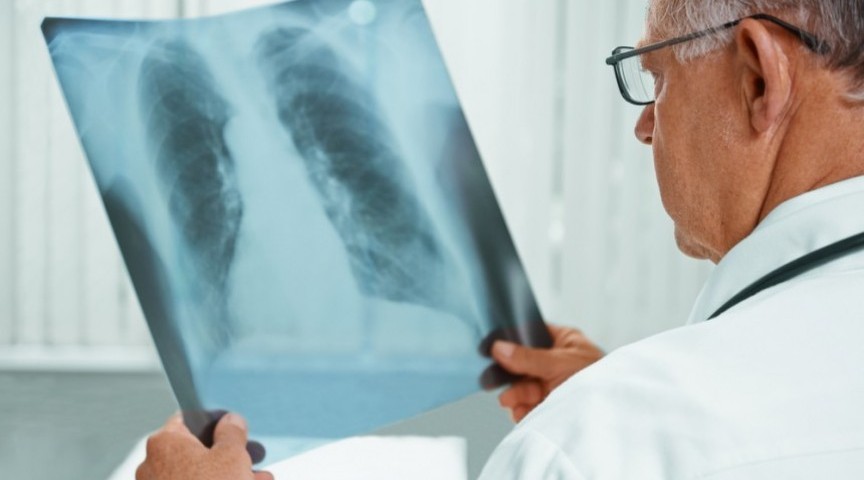A Ph.D dissertation revealed novel blood biomarkers that reflect the vasoreactivity in the blood vessels present in the lungs and heart. With these new biomarkers, L-arginine and dimethylarginines, lung disease patients with pulmonary arterial hypertension (PAH) can potentially receive simpler diagnostics and better treatment evaluation.
Titled “Vardenafil and methylarginines in pulmonary hypertension,” the thesis by Anna Sandqvist at Umeå University in Sweden investigated the pharmacological effects and diagnostic utility of vardenafil (a vasodilator), which is included in the same pharma group as Viagra, in patients with pulmonary hypertension.
The study also evaluated the change in the biomarkers L-arginine and dimethylarginines (known to be involved in the inhibition of nitric oxide production, a vasodilator) before and during PAH-specific therapy in PAH patients compared to patients with left ventricular heart failure (LVHF) and healthy subjects.
“Vardenafil has a fast onset and powerful effect on the blood vessels of the lungs. But if vardenafil is used in combination with the endothelin receptor antagonist bosentan — another pharmaceutical often used by patients with PAH — the effect of treatment can be hampered and lead to the need of increasing the dosage of vardenafil. Therapeutic drug monitoring may thus become necessary to check the pharmaceutical concentrations in the blood in order to optimize the dosage,” Sandqvist, a doctoral student at the Department of Pharmacology and Clinical Neuroscience, said in a press release.
PAH is a serious, rare lung and heart disease that damages the smallest branches of the lungs’ arteries. The arteries become stiff and thickened, decreasing the blood flow and leading to hypertension – an increase in blood pressure. This process also leads to hypoxia – a deprivation of adequate oxygen supply – as both the lungs and the heart are affected, sometimes leading to right heart failure.
There are currently only a few methods for treatment and evaluation for PAH, and the condition has a less promising prognosis than several cancers. PAH patients usually receive medication that reduces the pulmonary artery pressure by dilating the blood vessels.
“We have discovered that the biomarkers that we have investigated have a particularly high diagnostic value in PAH by comparing with heart failure and healthy individuals,” Sandqvist said. “These biomarkers have the potential to be used as a routine diagnostic strategy and in the evaluation of PAH patients. Since the levels of these markers in the blood are reflecting the clinical efficacy of PAH-specific medical treatment, there is good hope that they soon can be used routinely to measure treatment response. The results are so far based on around 20 PAH patients, which means that more research is necessary on larger patient groups.”
Sandqvist is scheduled to defend her Ph.D dissertation on Jan. 22.

